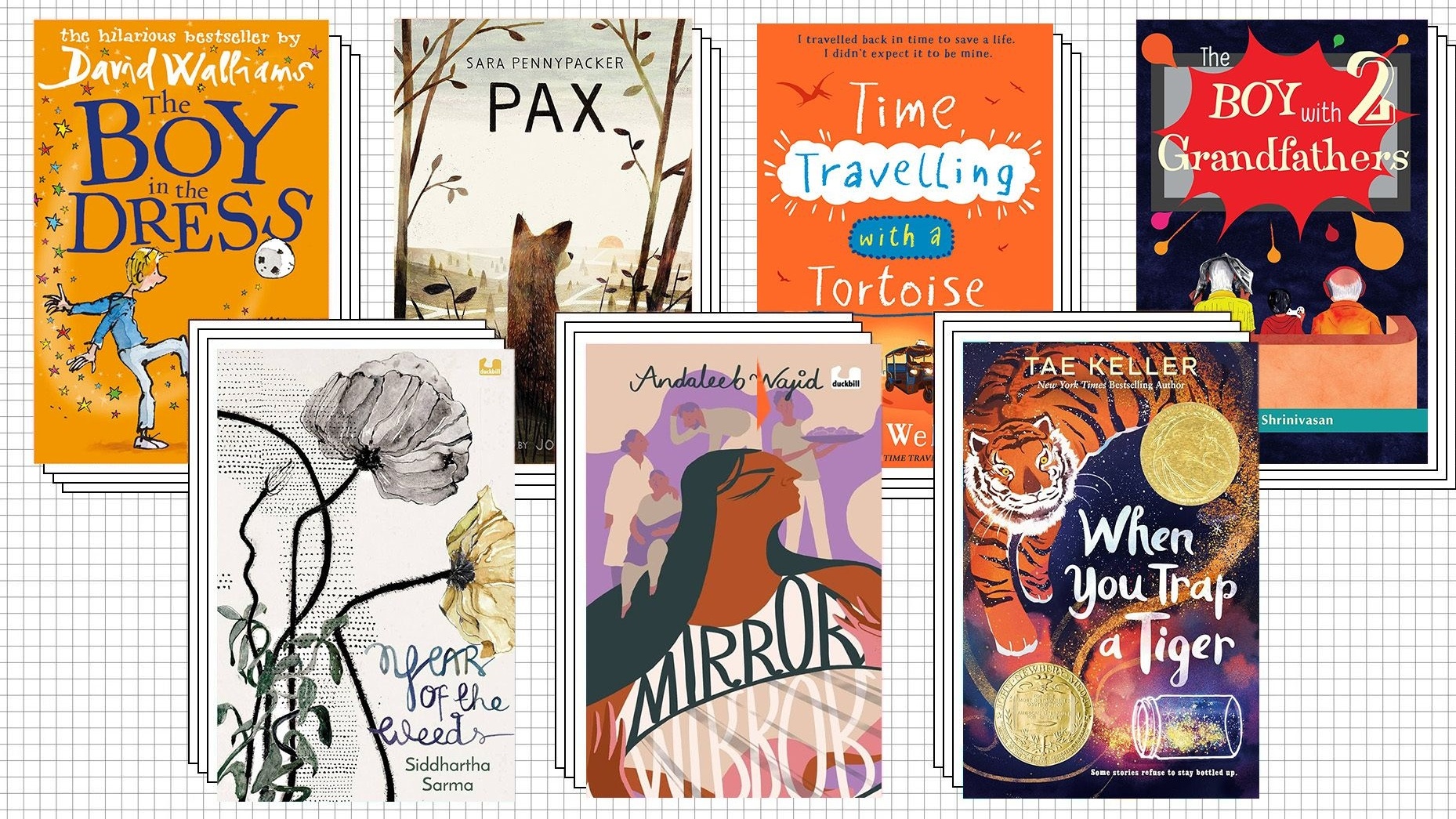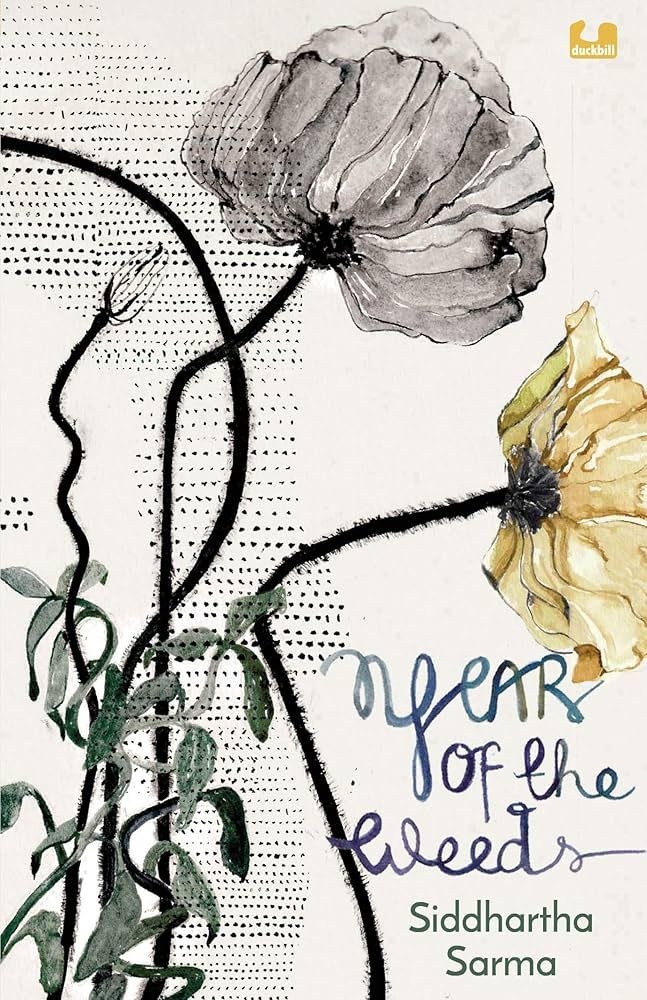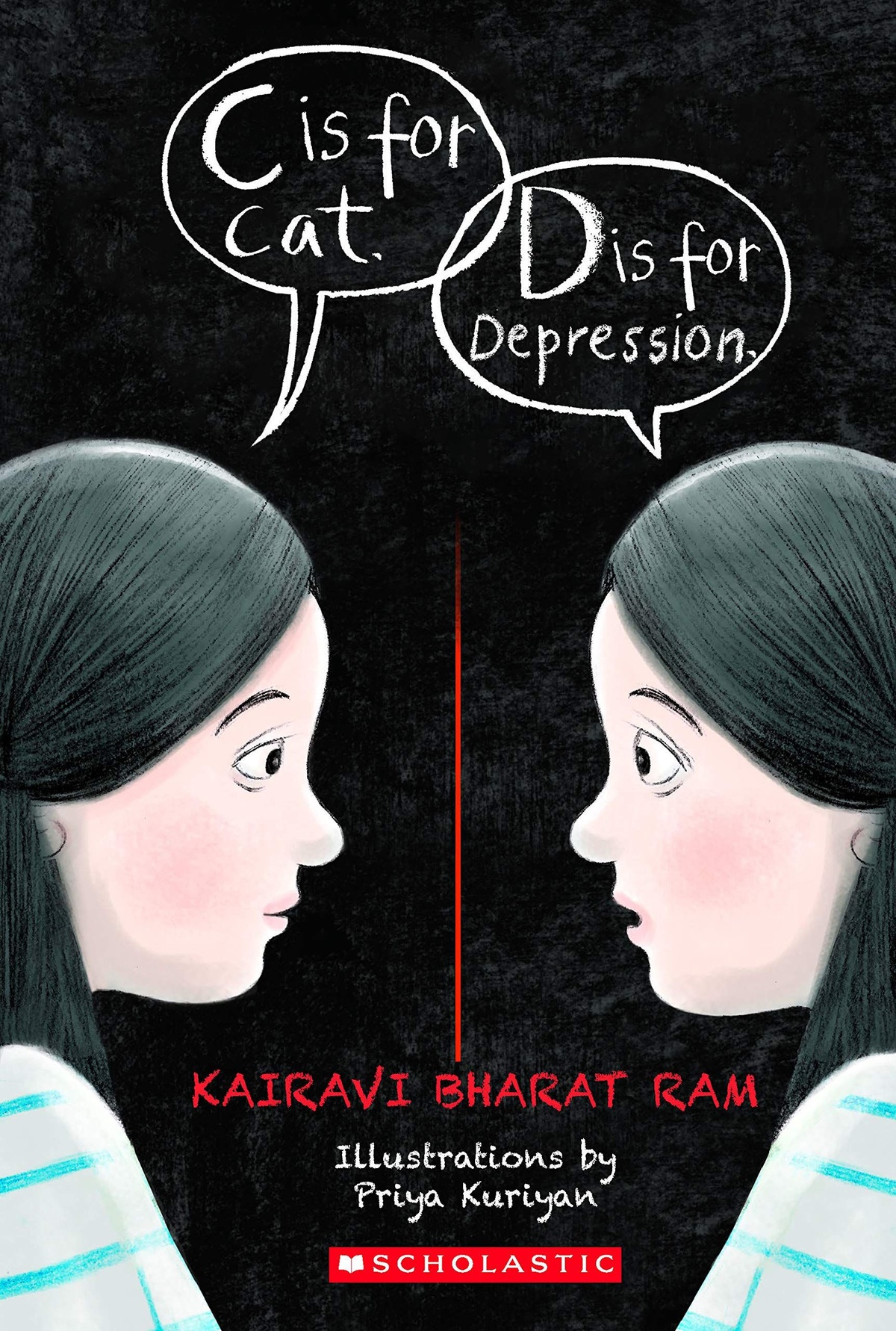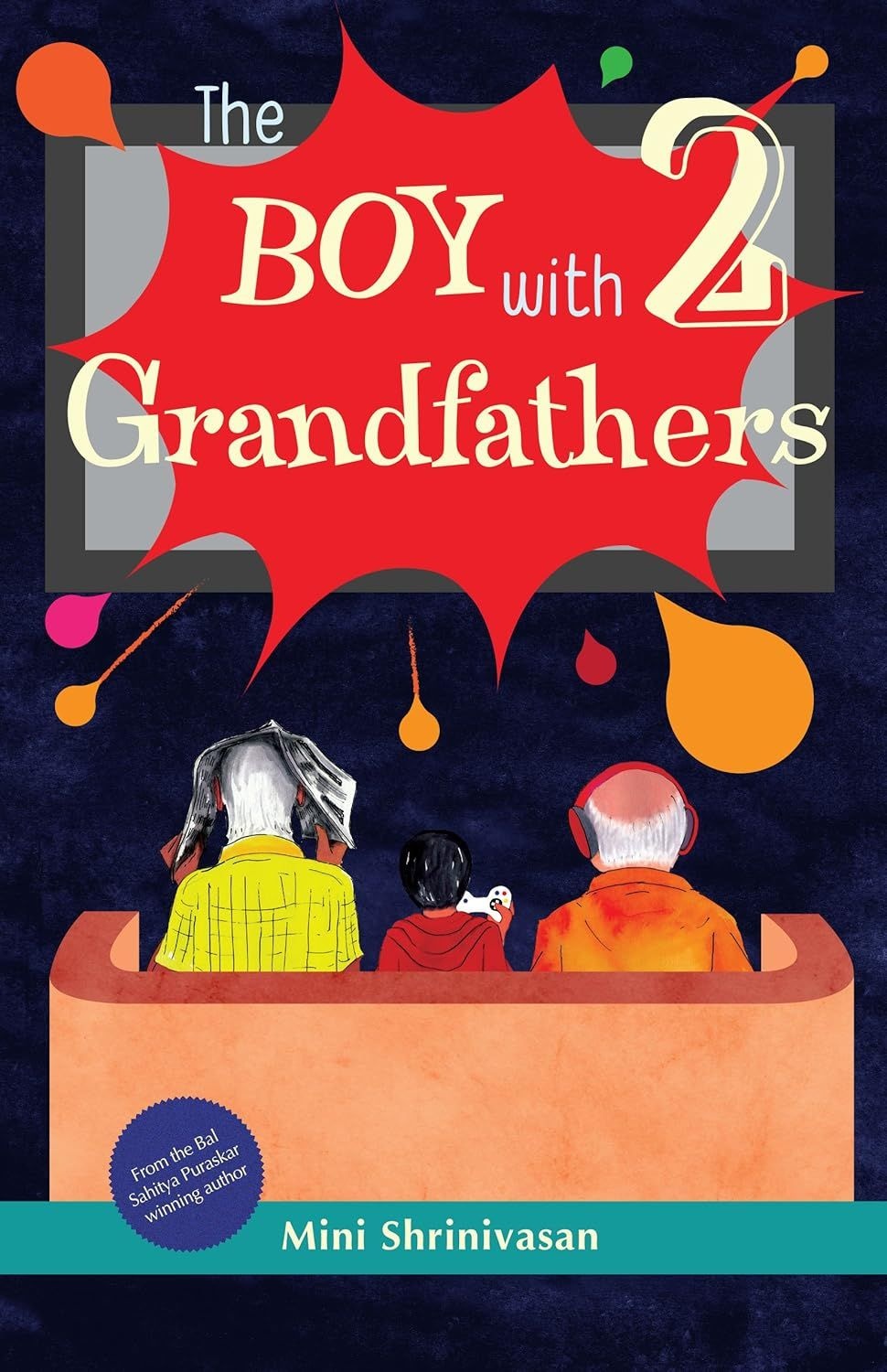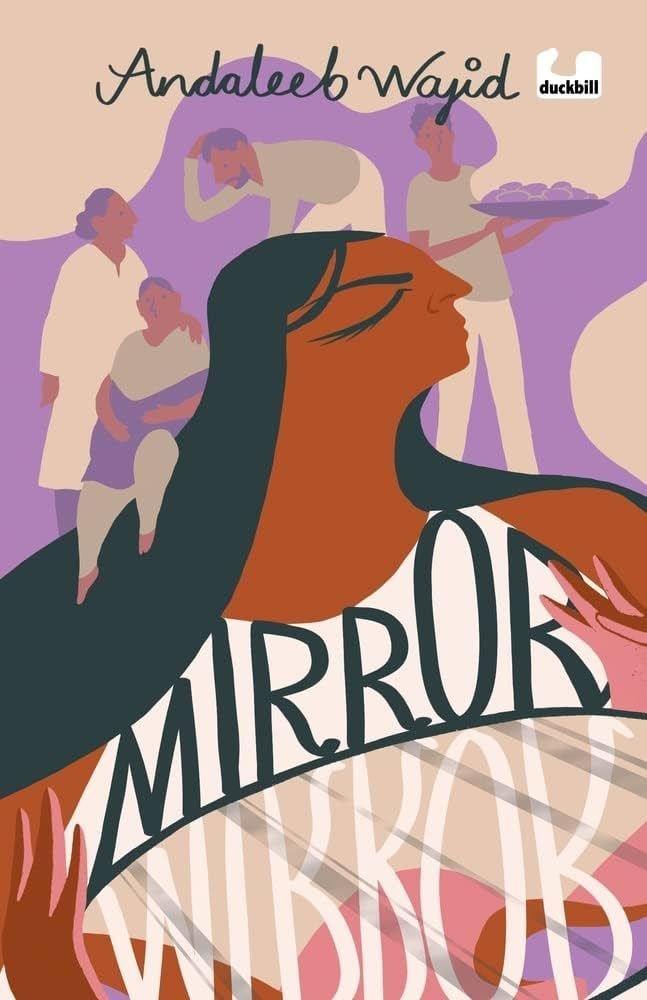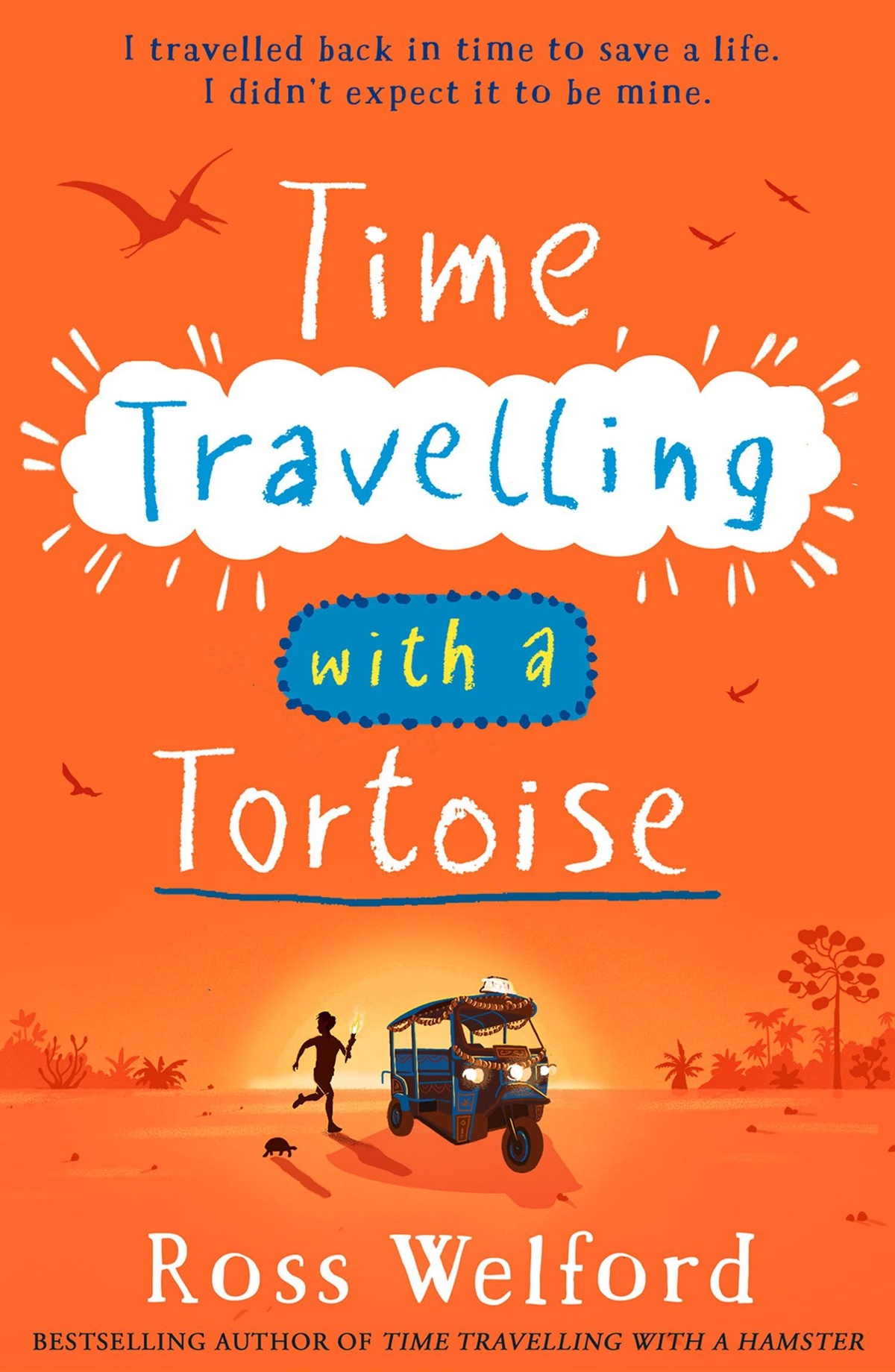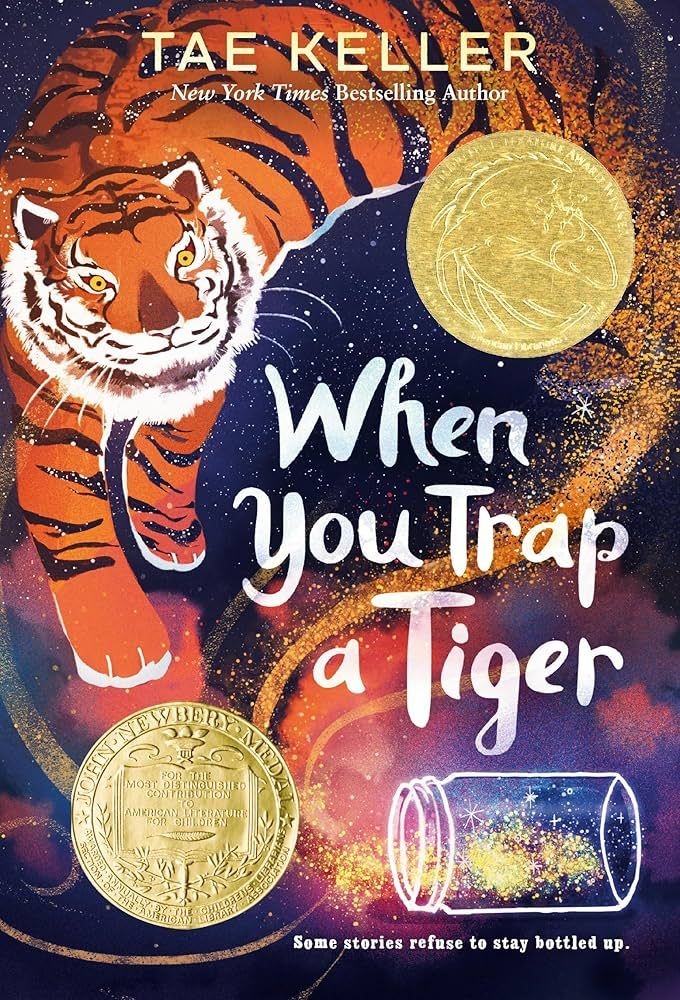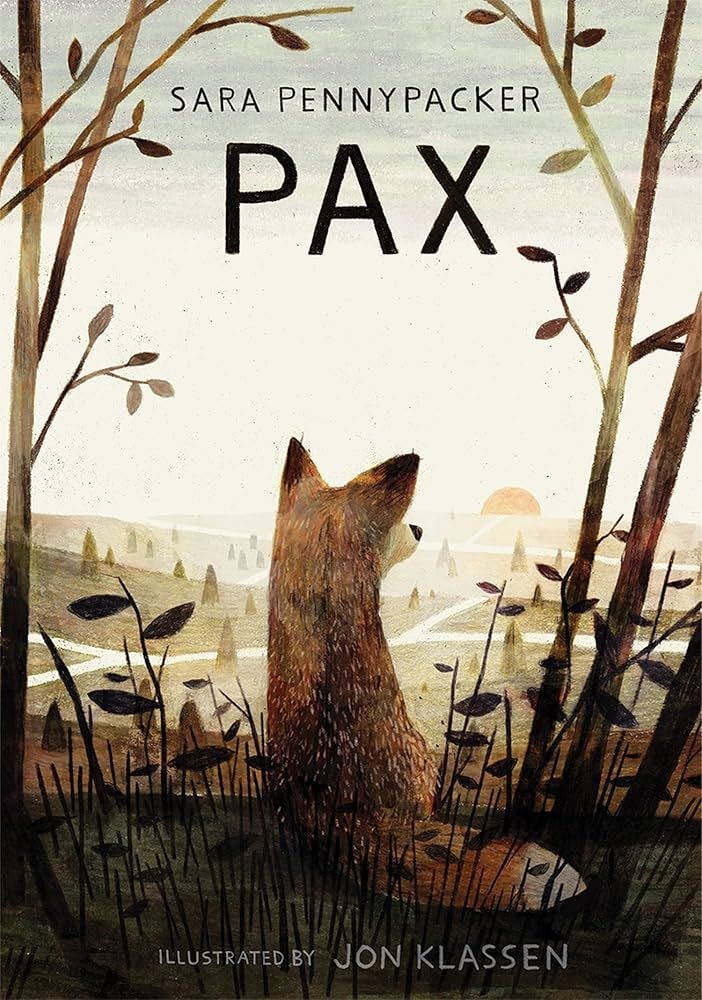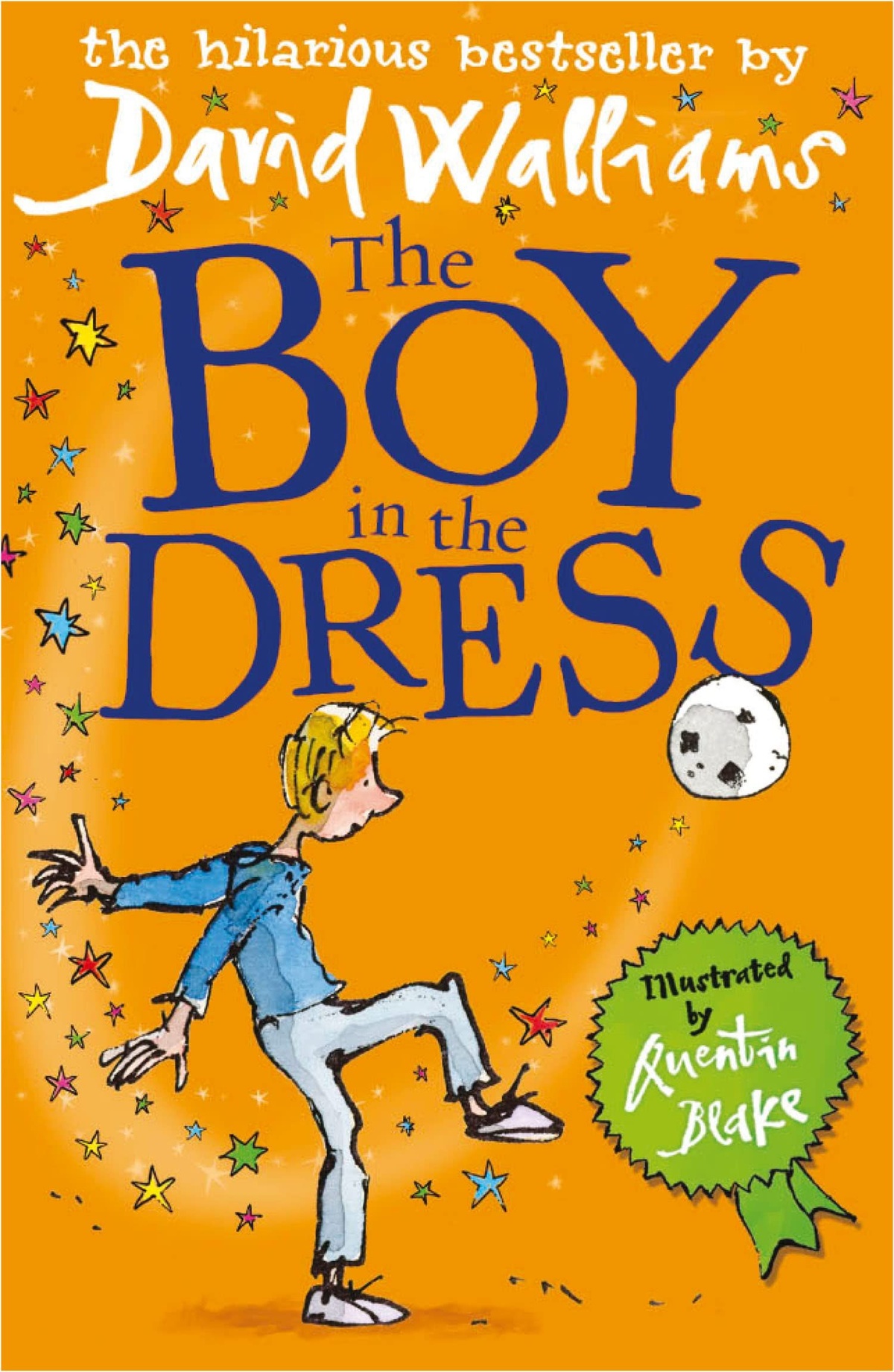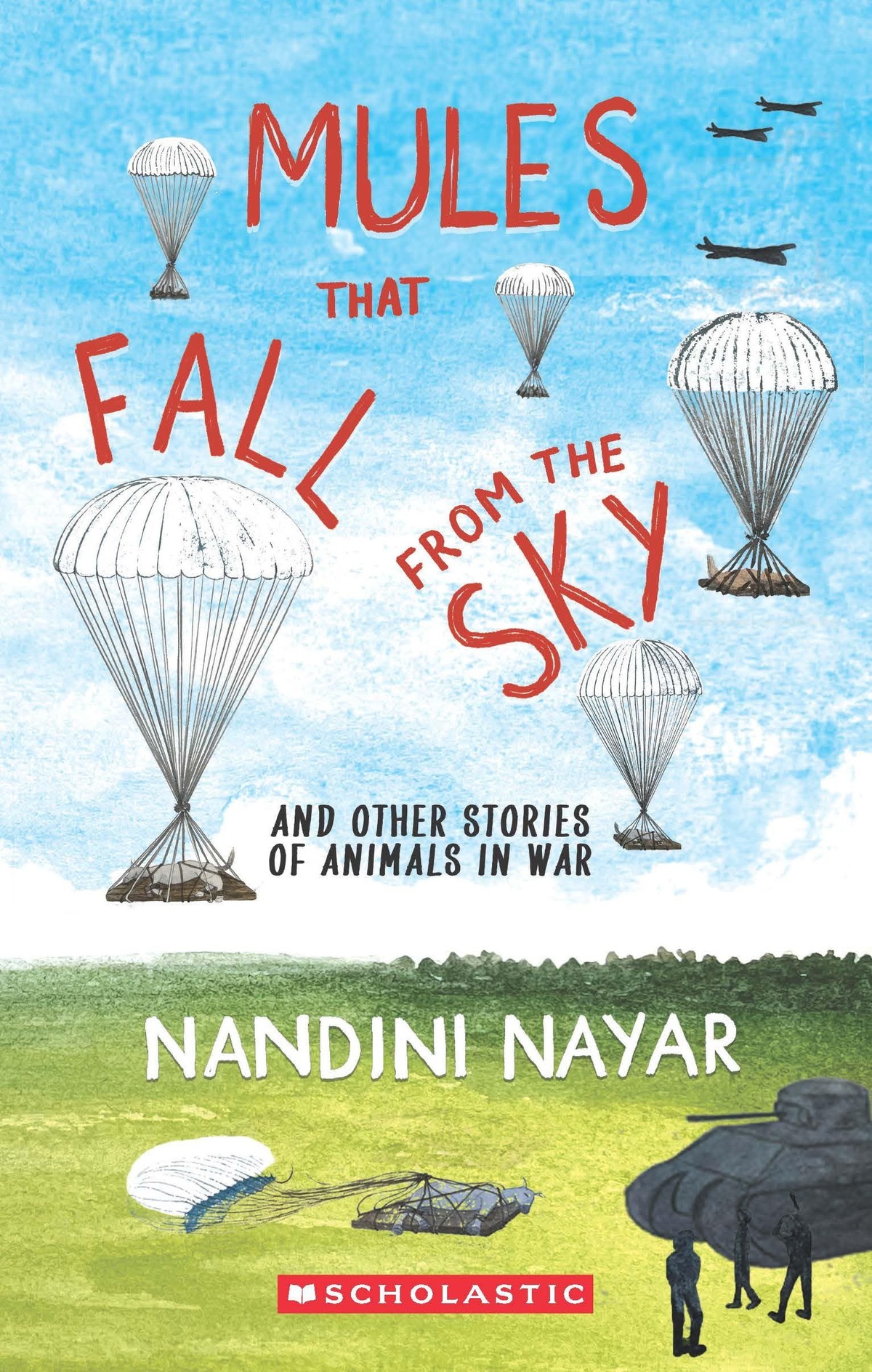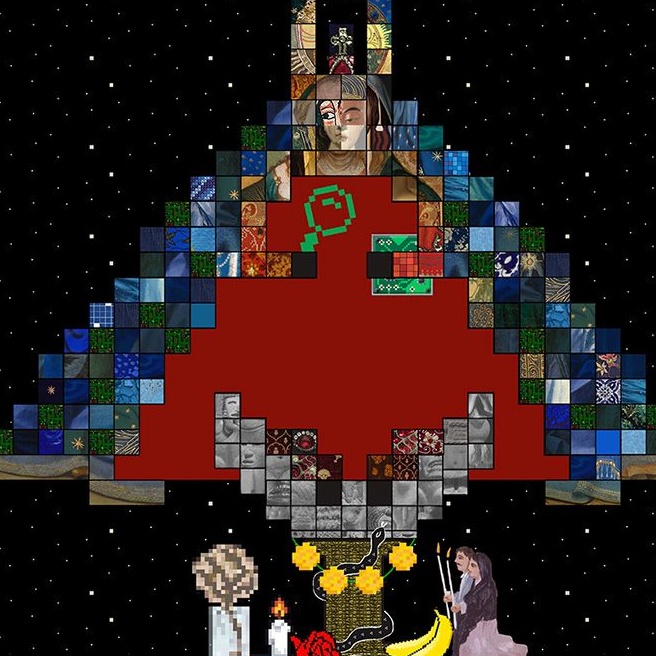When I was 20, while peers were poring over Chitra Banerjee Divakaruni and Arundhati Roy, I liked curling up with Roald Dahl’s Matilda for the twentieth time. I see a similar yearning among Gen Z today, given their preoccupation with Japanese healing fiction—when life feels too much, these books feel like refuge.
Editing books across various genres and all ages has made me realise the obvious: we simply aren’t reading enough. But reading closely has also taught me that not all adults like adult fiction—it can often feel overwhelming, overly clever, or distant. Middle-grade books, though, are a perfect way to get over a reading slump—they are light, heartfelt, and hopeful, without ever feeling shallow.
Adults reaching for middle-grade books isn’t a new phenomenon, but it is being seen in new light. These books dive into empathy, courage, and the messy business of growing up, and they do something adult literature rarely does: they let us feel without apology. Often, these titles can tackle the big questions—grief, identity, courage—without the scepticism or cleverness we’ve been trained to expect. In a world that’s always scrolling, always judging, and often numbing, these stories are refreshing, surprising, and oddly life-affirming.
C is for Cat. D is for Depression takes you through storms of feeling toward hope. From Mirror Mirror, I learnt about self-image and self-love; from When You Trap a Tiger, I saw how loss and grief can be magical; and The Boy in the Dress affirmed that bending the rules can be funny, brave, and deeply human. In short, picking up a children’s book as an adult isn’t a step back; it’s a small act of kindness towards yourself, a way to stay human, to keep wonder alive, and to grow up without giving in to cynicism.
Here’s a list of some Indian and international titles that are timely, relevant, and essential for adults rediscovering big feelings.
